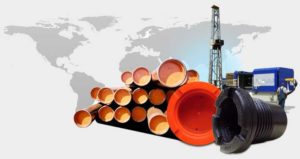The development of shale energy resources in the U.S. and the oilfield products utilized to maintain drill piping equipment has been nothing short of revolutionary. Once overshadowed by OPEC, the U.S. is now the leading natural gas supplier and the world’s third-ranked oil producer.
Top 5 Things to Know About Shale Energy
The following are some of the most important things to know about shale energy.
1. What Is Shale?
Shale is a sedimentary rock formed in layers over millions of years, and it is the most abundant of sedimentary rocks. As each layer formed over many years, it trapped and compressed organic materials and gases, transforming it into a substance called kerogen. When heated to the right temperature, kerogen releases crude oil (from 50 to 150 degrees Celsius) or natural gas (from 150 to 200 degrees Celsius).
2. What Is Fracking?
Hydraulic fracturing, or fracking, is the method used to extract oil and gas from shale. Fracking involves both vertical and horizontal drilling, meaning that one surface site can extract resources from multiple underground wells. Once the well is drilled for shale energy, a mixture of water and sediment is blasted through small apertures in the sides of the well to create fractures in the surrounding shale, allowing the release of trapped oil and gas. Drill pipe and other oilfield products are utilized in fracking.
3. What’s the Difference Between Oil Shale and Shale Oil
These two terms look similar but they refer to very different things. Oil shale is a type of shale that contains a high percentage of kerogen that has not yet gone through the geological heating process that would eventually convert it into oil or gas. Shale oil is the product of kerogen that has been artificially heated.
4. What Is Retorting in Situ?
Retorting is the process of extracting shale energy by heating the kerogen while it is still in the ground (in situ). By introducing heated rods into an oil shale reserve, the kerogen can be slowly heated over one to two years until oil is released. This process eliminates the problem of having to excavate tons of rock.
5. Is Fracking Safe?
Fracking actually occurs thousands of feet beneath groundwater aquifers, so there is very little chance of contamination. In addition, to maintain environmental safety and uphold governmental policies, API industry standards exist and are consistently enforced to ensure safe drilling. High-quality OCTGs and oilfield products from MSI Pipe Protection Technologies also play a vital role in protecting the environment.
Purchasing with MSI, means investing in a leading brand of elite pipe protection and oilfield products. For orders, call toll free at 877-276-9208 or request a quote today!




